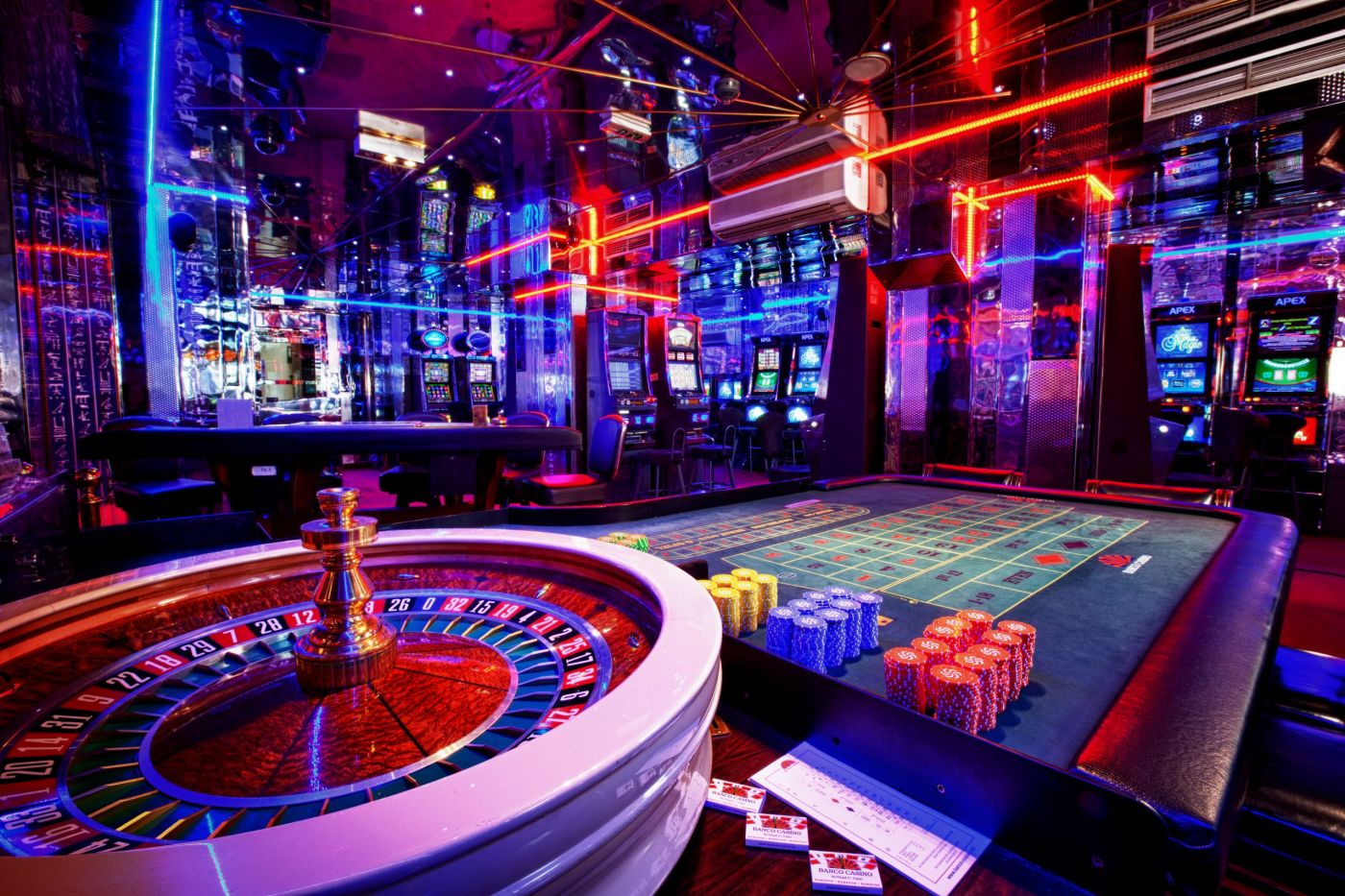
Casino games have long captivated human interest, drawing gamblers into a realm filled with luck, tactics, and the allure of adventure. Each experience is painstakingly crafted not just for entertainment, but also to inspire targeted emotional responses that keep players immersed and invested. https://bj88t3.com/ Understanding the drives behind these designs reveals much about how human psychology plays a vital role in the gaming experience.
From the bright lights and vibrant sounds to the intricate layering of rules and payoffs, casino games are designed to create an atmosphere of anticipation and expectation. Game designers leverage mental cues to influence gambler behavior, whether through the use of winning opportunities, near-miss scenarios, or social connections. By examining these factors, we can better appreciate how casino games fulfill not just a need for entertainment, but more profound psychological needs for thrill and risk.
Comprehending Player Actions
Casino games are crafted with a profound understanding of player psychology, which is essential for attracting and keeping players. The excitement of the game, combined with the hope of winning, creates a powerful allure. Game designers employ elements like sonic elements, dynamic graphics, and immersive gameplay to capture attention and evoke emotional responses. These sensory experiences enhance the immersive experience, making players feel more invested in the game.
Another notable aspect of player behavior is the idea of risk/reward dynamics. Casino games often weigh high-stakes situations with the potential for substantial rewards, which can result in the event known as near-miss effect. When players come within reach to winning, the brain produces dopamine, strengthening their behavior and encouraging them to continue playing in search of that elusive win. This cycle of wish and frustration plays a key role in how games are structured and advertised.
Lastly, social elements also play a central role in player behavior at casinos. Many games are crafted to be played in groups or with other players, creating a sense of community and shared experience. The interaction inherent in games like blackjack enhances enjoyment and can result in extended gameplay. Designers take advantage on this by crafting environments that invite players to stay, connect, and come back, making the overall casino experience more inviting.
The Role of Imagery and Sound
Visuals and audio play a crucial role in improving the gambler’s experience within casino games. Designers utilize bright colors, eye-catching graphics, and captivating animations to attract gambler’s attention and maintain their interest. The use of motifs, such as adventure or luxury, helps create an engaging atmosphere that takes players into another world. By connecting to the senses, these elements add to a intensified emotional response, encouraging players to engage more deeply with the games.
Sound design is equally important in enhancing the experience of gambling games. The mix of ambient music, sound effects for successful combinations, and environmental noises creates an sound landscape that holds players fascinated. Audio cues associated with wins, such as ringing bells or festive music, evoke feelings of excitement and reward, encouraging players to continue playing. These audio cues are strategically placed to amplify the thrill of the game and create a more immersive experience.
Additionally, the synchronization of visuals and sound is crucial for reinforcing the game’s overall theme and mood. Each element should coordinate harmoniously to create a cohesive experience that pulls players in. The effective use of this synergy not only improves user satisfaction but also boosts the likelihood of return play, as players become more invested in the immersive world that the gambling games offer. This thoughtful combination of visuals and audio ultimately enhances player involvement and commitment.
Incentive Systems and Participation
The design of gambling games heavily relies on incentive structures to ensure players engaged and coming back for more. These structures are based in psychological principles that exploit human behavior and motivation. Participants are often driven by the excitement of success, which is reinforced by instant responses through the game’s design. This instant gratification not just enhances the gaming experience but also cultivates a feeling of success, encouraging participants to continue participating in hopes of greater rewards.
Gaming establishments utilize various reward structures, including jackpots, extra rewards, and increased rewards, to captivate players. These elements create a level of thrill that sustains interest. Additionally, the randomness of results plays a significant role in sustaining attention. The variable reward system, where wins are unpredictable but happen often enough, maintains players on edge and motivated to continue participating. This cycle of anticipation and anticipation is essential to the effectiveness of casino games.
Furthermore, social elements, such as competitive events and multiplayer features, boost the participation factor by leveraging the competitive nature of players. Điều khoản điều kiện Bj88 The shared experience of playing with fellow participants can amplify the thrill of success and create a sense of community within the gaming space. By integrating these social dynamics with effective reward systems, casino games not only offer entertainment but also nurture a stronger connection among players, solidifying their commitment to the gaming experience.